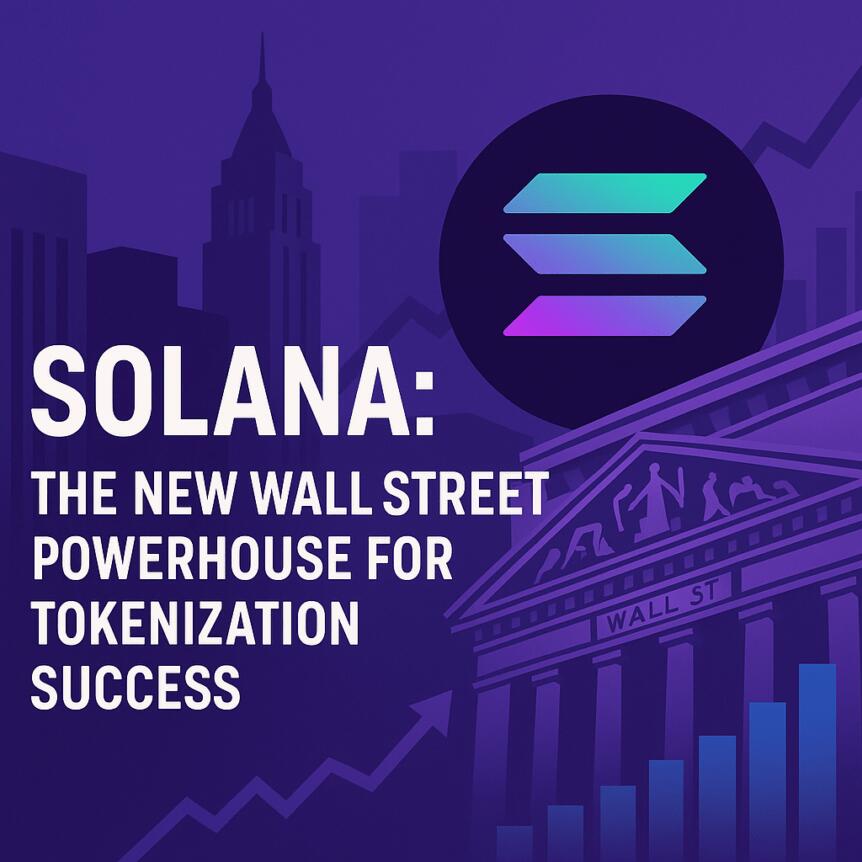Vitalik's new article: The traditional view that "memory access is O(1)" is not accurate
PANews reported on October 5th that Ethereum co-founder Vitalik Buterin published a new article titled "Memory Access is O(N^(1/3))." The article argues that the common assumption that arithmetic operations (addition, multiplication, division, etc.) for fixed-size numbers take one unit of time, and that memory access also takes one unit of time, is inaccurate. Both in theory and practice, memory access takes O(N^⅓) time: if your memory is eight times larger, then the time required to read and write it will increase by a factor of two. Vitalik noted that this principle has practical implications for cryptography and algorithm optimization, and called for future computing models to more realistically reflect memory hierarchies and physical limitations.
You May Also Like

Solana: The New Wall Street Powerhouse for Tokenization Success

Tokyo Fashion Brand Expands Into Bitcoin and AI
